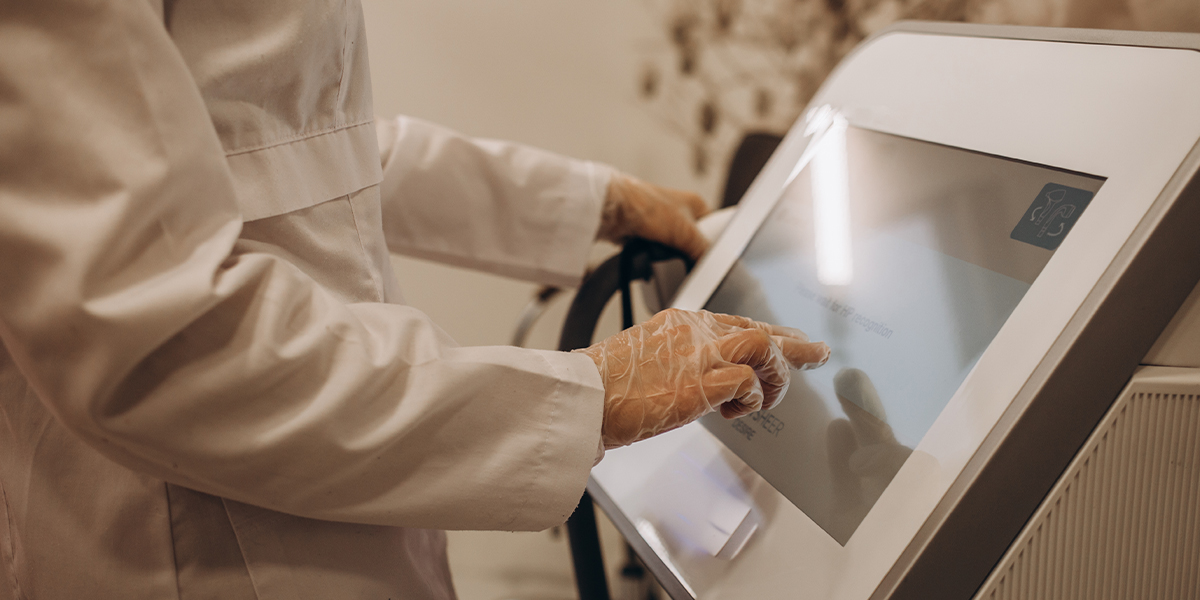May 31, 2024
As literary comparisons go, this feels apt. The curiosity with which many parts of the healthcare sector are racing to adopt technological advancements (or at least observing with intent) is akin to Alice’s exploration of Wonderland. Grinning cats aside, curiosity is powering the use of artificial intelligence (AI) in wide-ranging health applications – from drug discovery to personalized treatment – in our quest to drive efficiencies and progress. In the same breath, there’s a sense of urgency to reaffirm our place, as humans, in this age of technology.
The use of AI in medical imaging is nothing new. However, advancements in AI (such as deep learning techniques using large data sets) mean its role in imaging and diagnostics has taken on new significance. With its potential to increase productivity, recent mainstream media attention is no surprise. We’ve heard about companies and healthcare providers readily using AI to screen images and flag anomalies as priorities for radiologist input. When early diagnosis is crucial for improved outcomes, the benefit of speedy image analysis and reporting (think seconds versus days) is clear, with the reassurance that human eyes and experience make the final call. The knock-on effect of this positive impact on physician workload is that more patients can be seen, quicker, without any negative impact on the quality of the service provided. That’s a leap forward – for patient outcomes, as well as the healthcare ecosystem.
But, these AI tools are only as good as the data they’re trained on, and this could be where challenges arise.
While these tools may be trained on huge data sets, the existence of health disparities tells us that algorithms must have inherent bias. What this means in imaging is a risk of misdiagnosis, or delayed diagnosis, if a patient’s demographic is not adequately represented in training data sets, such as case images. While human safety checks are currently in place, the potential magnification of health inequity and consequences yet to be unearthed is a sobering thought, as technology continues to advance and become a mainstay of clinical practice.
More proof that better representation across all remits of healthcare is needed, as we navigate the boundaries of AI and its application in our world.
A version of this article originally appeared in Pharmaceutical Marketing Europe, May 2024.
